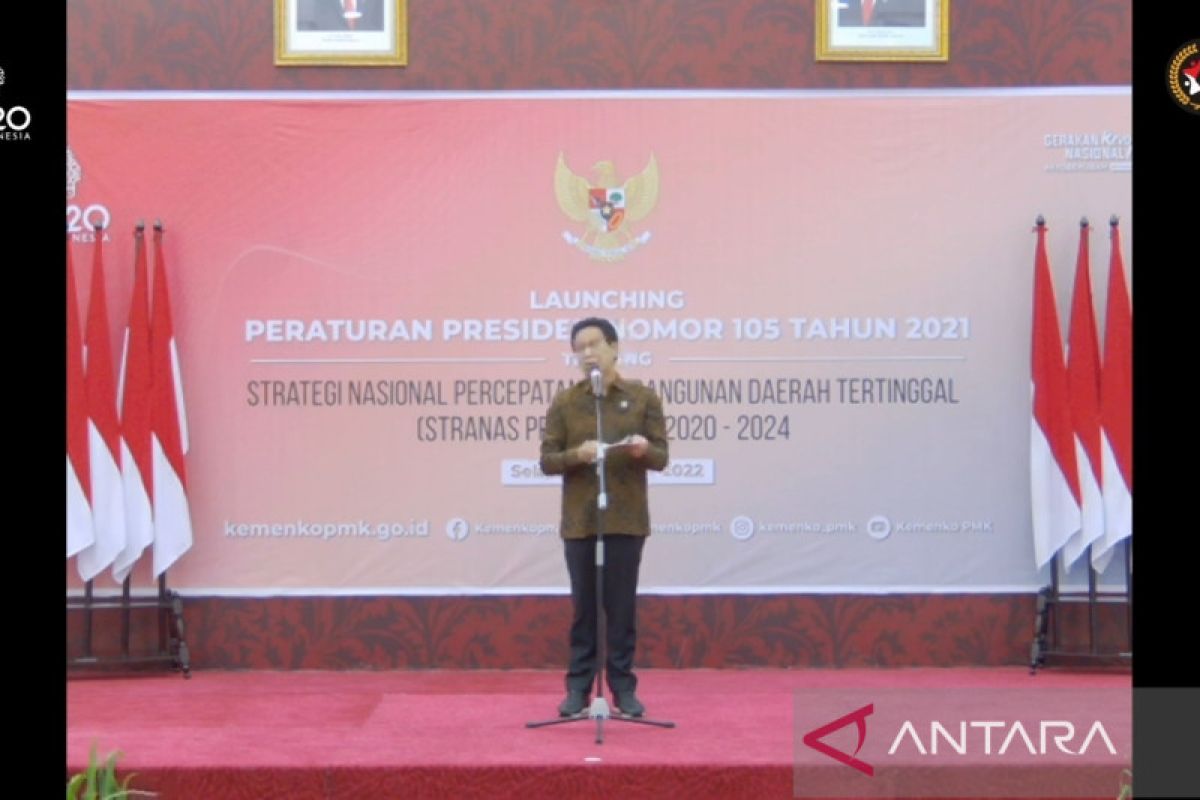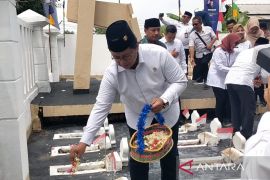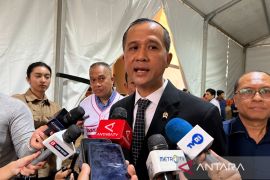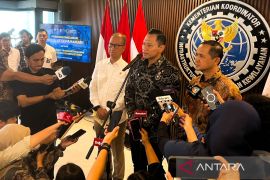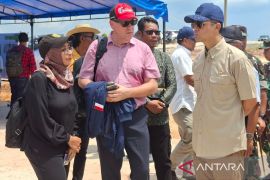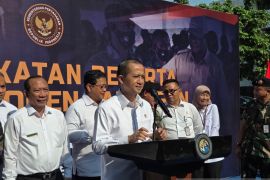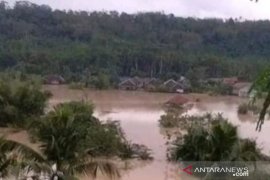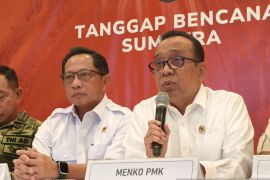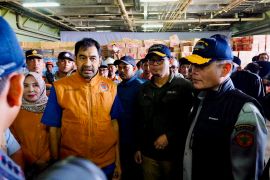During the online unveiling of President Regulation No. 105 of 2021 on Tuesday, PDTT Minister Abdul Halim Iskandar noted that the 32 disadvantaged areas exceeded the minimal set target of 25 areas.
"We add seven areas to improve our performance," he explained.
Alleviating these disadvantaged areas is done through village data based on the Village Sustainable Development Goals (SDGs) as the starting point for development of the alleviation program and activity planning process.
Village SDGs comprise 18 goals that serve as the course for village development with 222 indicators, the minister added.
"In short, Village SDGs conserve culture and revive villagers for village independence," he affirmed.
During the event, Iskandar noted that in 2019, his ministry had managed to alleviate 62 disadvantaged areas out of the 122 disadvantaged areas determined by Presidential Regulation No. 131 of 2015 on Determining Disadvantaged Areas in 2015-2019.
"This means that in 2019, we left out 60 disadvantaged areas," he elaborated.
In 2020, Presidential Regulation No. 63 of 2020 on Determining Disadvantaged Areas in 2020-2024 determined that there are 62 disadvantaged areas spread out in 11 provinces.
"The regulation includes new autonomous regions in 2012, specifically Manokwari Selatan and Pegunungan Arfak. Thus, the number increased, from 60 to 62 disadvantaged areas," the minister added.
Alleviating disadvantaged areas necessitates integrated move from the ministries or institutions, regional governments, central government, and other stakeholders, he opined.
"Through integrated collaborative move between many parties, alleviation of disadvantaged areas can be completed by 2024 as mandated by the 2020-2024 RPJMN (Medium-Term National Development Program)," he noted.
Concerning the Presidential Regulation No. 105 of 2020 on Disadvantaged areas Development Acceleration National Strategy in 2020-2024, Iskandar noted that it contains strategic, systematic, and sustainable plans to alleviate the gap between regions.
It also aims to expedite the fulfillment of basic needs, facilities, and infrastructure for disadvantaged areas and to bolster integrated coordination and synchronization between the central and regional apparatuses in the program's planning and execution.
Related news: Village-owned enterprises must not drive out local businesses
Related news: Gov't supports sago cultivation for bolstering food security
Related news: Minister highlights increase in number of independent villages in 2021
Translator: Zubi Mahrofi, Fadhli Ruhman
Editor: Sri Haryati
Copyright © ANTARA 2022
